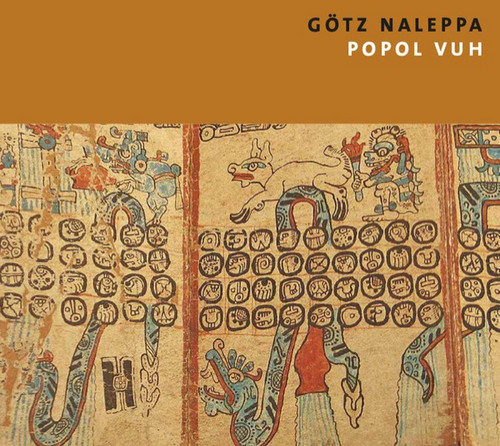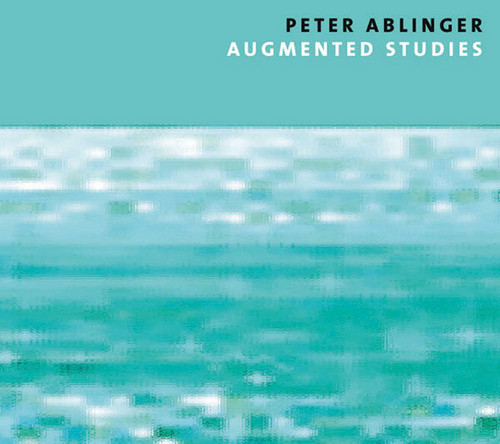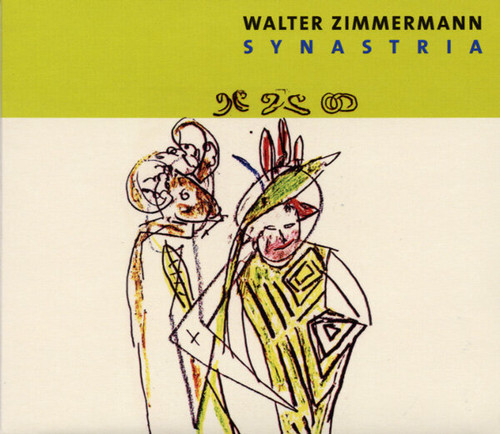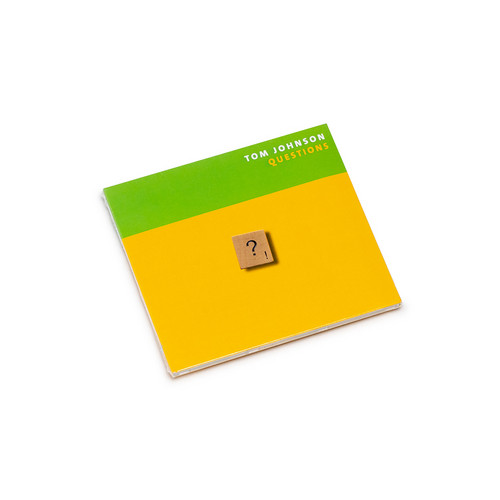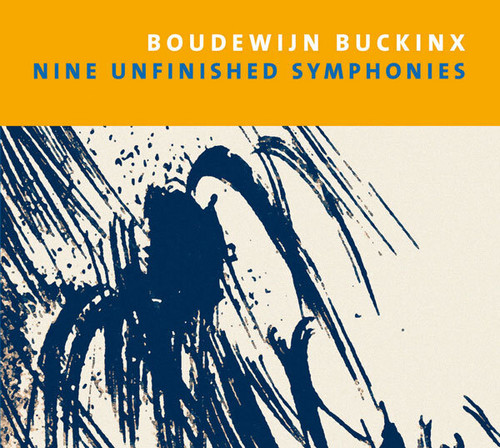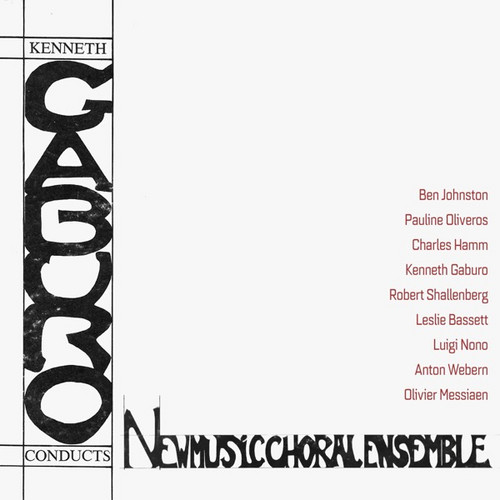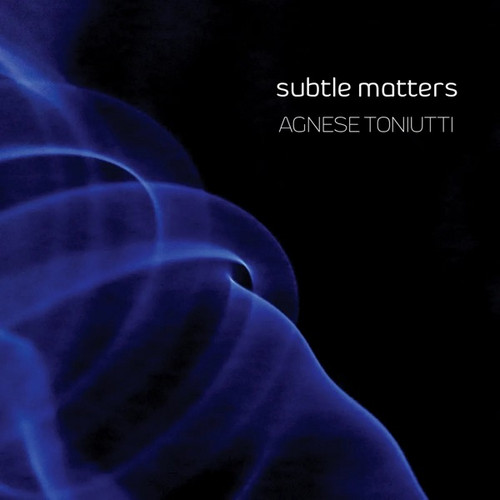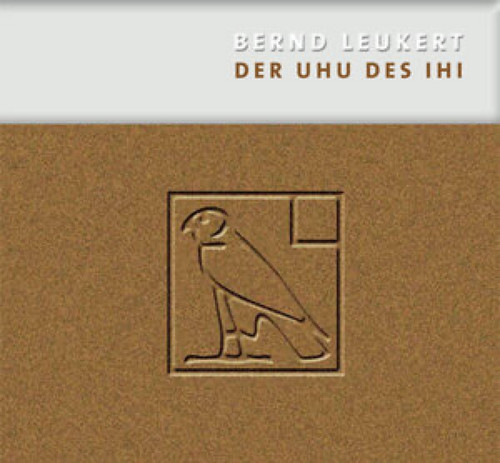Promises
** Limited 180 Gram edition ** Apparently it's been over a decade since avant jazz deity Pharoah Sanders recorded any new music, it took Sam Shephard aka Floating Points to coax the 80 year old out of near-retirement. Anyone familiar with Sanders' work will know how life-affirming his music can be, from his early work with John Coltrane, through 1967's mind-altering "Tauhid" to his spiritual pairing with Alice Coltrane on "Journey in Satchidananda". Here, he takes a more restrained role, offerin…
Pietra e Oggetto
A sparse and subtle jungle comprises the pieces that make up "Pietra e Oggetto". It is subtle, as such it remains in the memory. Thanks to the device of silence, which is like the air in between things, it allows time for what we have heard to imprint on our acoustic sketchpad. Like closing your eyes to preserve a memory and then moving on to the next. We feel a certain privilege in listening to these undecidable environments; these composite and hybrid objects filled with synthetic biodiversity…
Saturations
Saturations is a composition by Danish multidisciplinary artist Niels Lyhne Løkkegaard, and features a clarinet choir consisting of 19(!) clarinet players. Niels Lyhne Løkkegaard (b. 1979) considers his work to be a basic research in realities working within the domains of imaginary & physical sound as well as other non-sonic media, and since 2012 Niels Lyhne Løkkegaard has experimented with creating music that lets the instruments transcend their inherent sonic norms and reappear in another for…
Verdant
As a composer, David Dunn is probably best known for his interdisciplinary work that crosses the boundaries between art and science. This has included the fields of acoustic ecology, bioacoustics, interspecies communication and scientific sonification while creating a body of innovative sound work that has contributed to projects as diverse as sensory enhancement of healthcare environments and intervention strategies for forest and agricultural pests. He has invented microphones to record such p…
Suite No.9 / Quattro Illustrazioni / Un Adieu
Shira Legmann is an Israeli concert pianist, with a wide repertoire from Baroque to contemporary and experimental music. This album contains three piano works by Italian composer Giacinto Scelsi: Suite No.9 "Ttai" (1953), Quattro Illustrazioni (1953), and Un Adieu (1978/1988). This is Legmann's second CD on Elsewhere Music, following the 2019 album "Barricades" in which she was the pianist for Michael Pisaro's composition for piano/electronics.Legmann's clean, supple yet solid piano sounds, whic…
L'Air, L'Instant - Deux Pianos
Jürg Frey’s unique compositional approach places him at the cutting edge of contemporary classical music. Since the late 90's, Frey started to work with 'lists' as a basis of his compositions, sometimes words, sometimes chords, from which he developed and organized musical materials. In recent years, Frey's focus on 'lists' has extended more toward the connections of items with each other, forming melodies.Frey wrote two compositions for two pianos in 2017-2019: Entre les deux l'instant (2017/20…
Infinite Ascent
This is French composer/pianist Melaine Dalibert’s fifth solo album since 2015, all featuring his own compositions. This time, the album consists of melodically structured song pieces, an area that Dalibert has been exploring in the last couple of years as a new compositional approach outside his signature algorithmic method of composition. This series of eight short pieces appeal in a new way from his previous music, and shows his maturity as a composer. Dalibert wrote all eight pieces in 2019 …
Popol Vuh
"The Popol Vuh- the Book of Counsel“ of the K'iché-Maya belongs to the most important creation myths of the early advanced civilizations in the world. A Maya from the K'iché people, who had learned Spanish during the conquista, wrote down the the texts in K'iché with Latin letters between 1545 and 1555. Before that, the texts were only passed on orally. Father Francisco Ximenéz copied this book and translated it into Spanish. Then he returned the original to the K'iché people. In this way the b…
Sais.
* 2021 Stock * Sais. is a piece about cows. Cows are a topic quite familiar for a composer who lives in an Austrian mountain village at 1000 metres hight. He finds them right in front of his door. The cows that are grazing on a juicy green under a bright blue sky - so we might imagine - are one side of the trio. Within the 100 page long score we meet them in the shape of a line of overtones. Just as natural as the life of a cow on an alpine meadow is the musical material that builds SAIS. as a s…
Augmented Studies
* 2021 Stock * "When I imagine, as I sometimes do, that evolution were possible, Complexity is not its goal, but perhaps the safety net for a possible Immediacy. This opens up the possibility to exercise sufficient safeguards in an ever finer woven net of abstractions ? if not to escape directly ? to at least be able to risk a glimpse through the netting: a glimpse unfiltered through abstraction, signs, predetermined patterns, a glimpse of unaltered reality." - Peter Ablinger
Synastria
* 2021 Stock * Philosophical writings from antiquity have frequently underlaid Zimmermann’s work of recent years, particularly in relation to notions of time an ‘harmonia’ [...] Another recurrent theme in later works is that of the ‘broken unison’ (both melodic and rhythmic), which clearly has an allegorical/social dimension as well as a musical one [...] The isolated performance of single of his pieces emphasises their ‘otherness’ in relation to the main trends in new German music, whereas the …
Questions
* 2021 Stock * Most music proceeds with great self-assurance, more like an answer than like a question, but these pieces raise questions. We hope you will not only listen to the music as the pairs go by, but we will also want to decide whether they are same or different. Try it. Maybe your musical perceptions are better than you think. And if not, well, no one is going to grade you, and you can always try again! - Tom Johnson
This situation raises new questions, which Johnson undoubtedly intends…
Nine unfinished Symphonies
The Nine Unfinished Symphonies were conceived as one entity. They are written in my musical native tongue; the musical grammar and idioms with which I have become so familiar that I can converse in them spontaneously, without thinking, so that I can devote my full attention to what I actually want to do. It appears that we need narratives, such as the ‘sacred’ number nine with symphonies, or the concept of the Unfinished, which stands in sharp contrast to the fragmentary or the ‘uncapitalized’ u…
Kenneth Gaburo Conducts New Music Choral Ensemble 1
It was 1967, the summer of love, and the young radicals were huddled together experimenting, sweating in a tiny airless room. Gibberish, scat, sighs, whispers, as well as more refined musical tones, were coming from their vocal cords. For this was not Haight-Ashbury but Urbana, Illinois, and the New Music Choral Ensemble (NMCE) was merely exploring the boundaries of music.
Instigated by Kenneth Gaburo, pioneer of electronic tape music and compositional linguistics at the University of Illinois, …
Subtle Matters
How many sounds can a piano produce without using the keyboard? Some answers can be found in this recording, where the whole instrument is investigated using different techniques to reveal a world of unexpected richness, textures, and resonances.But it’s not just that: it’s also a journey in what the concept of “piano” became in the imagination of three composers (and a pianist). Each, in fact, gave shape to an original sonorous universe, and the task of reconnecting the subtle threads between c…
Pathological Curves
To sonically modify sound, not as a composerly or listenerly injunction but as a condition of its possibility: such is the task of Elizabeth Hoffman. Hers is not merely a music of the "verb" - that composers "do" something or "perform" something on the sonic. Hers is an "adverbial" music.
Above all, adverbial music modifies - sound, yes, but more fundamentally the space in which sound appears and the temporality that it solicits as it vanishes, always. Adverbial music, reticently and generously,…
Wave Piano Scenery Player
Wave Piano Scenery Player consists of several artifacts brought into a single structure: large black oil paintings on paper sheets dividing an automatic grand piano in two parts (sounding body, keyboard); tree pieces of music hamonically linking the 88 keys of the piano by combining them with mirotonally tuned sinewaves; a subwoofer/loudspeaker reproducing the elctronic tones; a pianist and a computer, both acting as performers.
The time-based form is deivides into threee parts, in which Sabat c…
Painted Cakes Are Real, Too
When you are listening to his pieces and are completely at ease, they offer the listener the beauty of pure sound: I believe this also applies to his likeminded friends. Even when and if they are of a continuous narrative type, they just create the right situation to listen to sounds. As the title reveals: Painted cakes are real, too. The beautiful sounds are repeated in order to remain purely sound. This repetition does not build up a narrative, it becomes more complicated and excited not in or…
Ballad
The word "ballad" implies a tale or narrative, and while there is no literal story being told there, I found myself thinking of the two performers as co-travellers in a terrain - or as dance partners - and the music as sometimes like a song they sing together, sometimes a landscape they cross, sometimes a mood, sometimes a monologue, and sometimes a fine line they trace. In the end, it is a ballad about the cello and the piano, and the way I hear them together. - Linda Catlin Smith
Der Uhu des Ihi
"Leukert brings back intuition into the computer-mechanical techniques of contemporary classical music. His compositions derive from the hearing experience - he has become a David Lynch for the ‘cinema pour l’oreille’, who is operating with the ironically associative scepticism of Godard. A blessing that Maria De Alvear’s small label ‘World Edition’ now produced eight of Leukert’s audio pieces on CD; among them the enchanting trilogy Wildwechsel" . - Alban Nikolai Herbst







